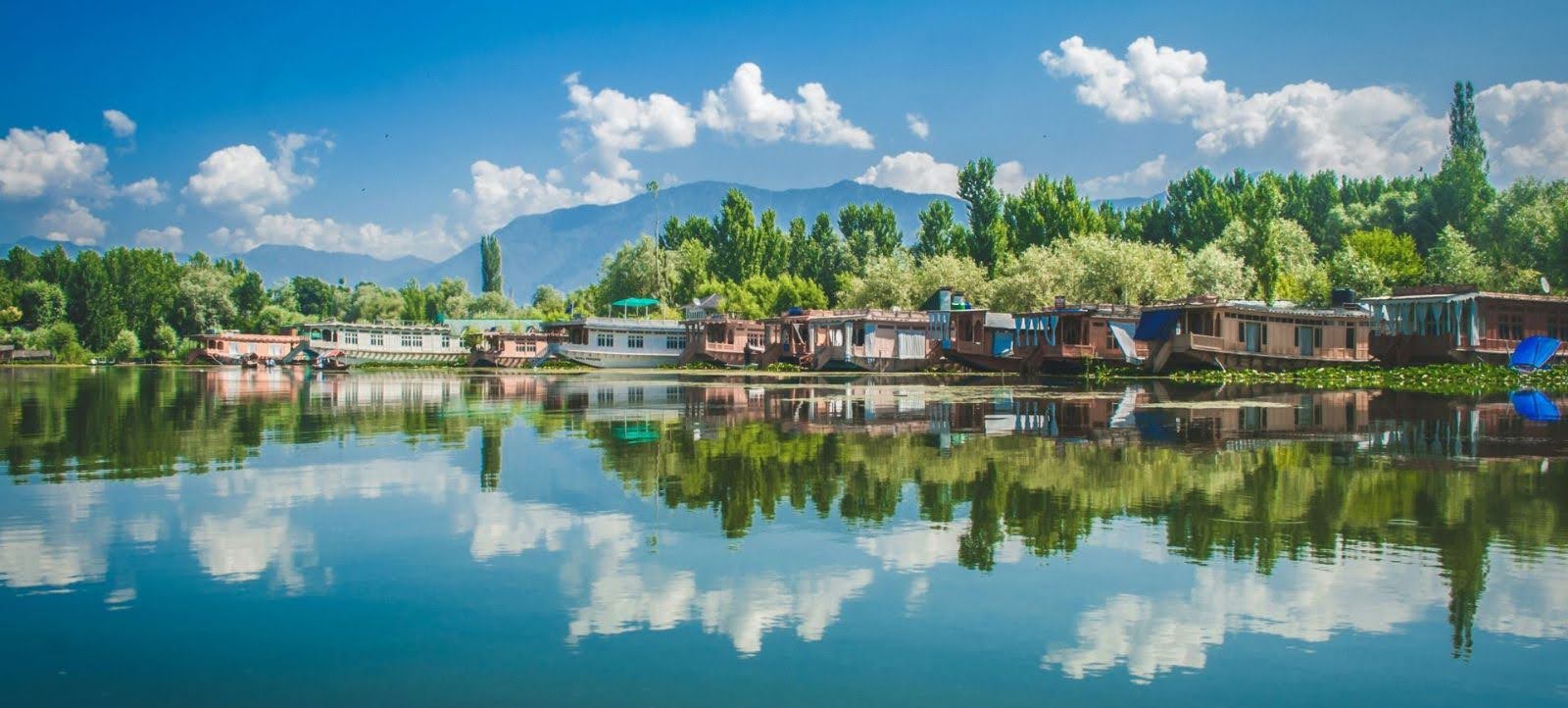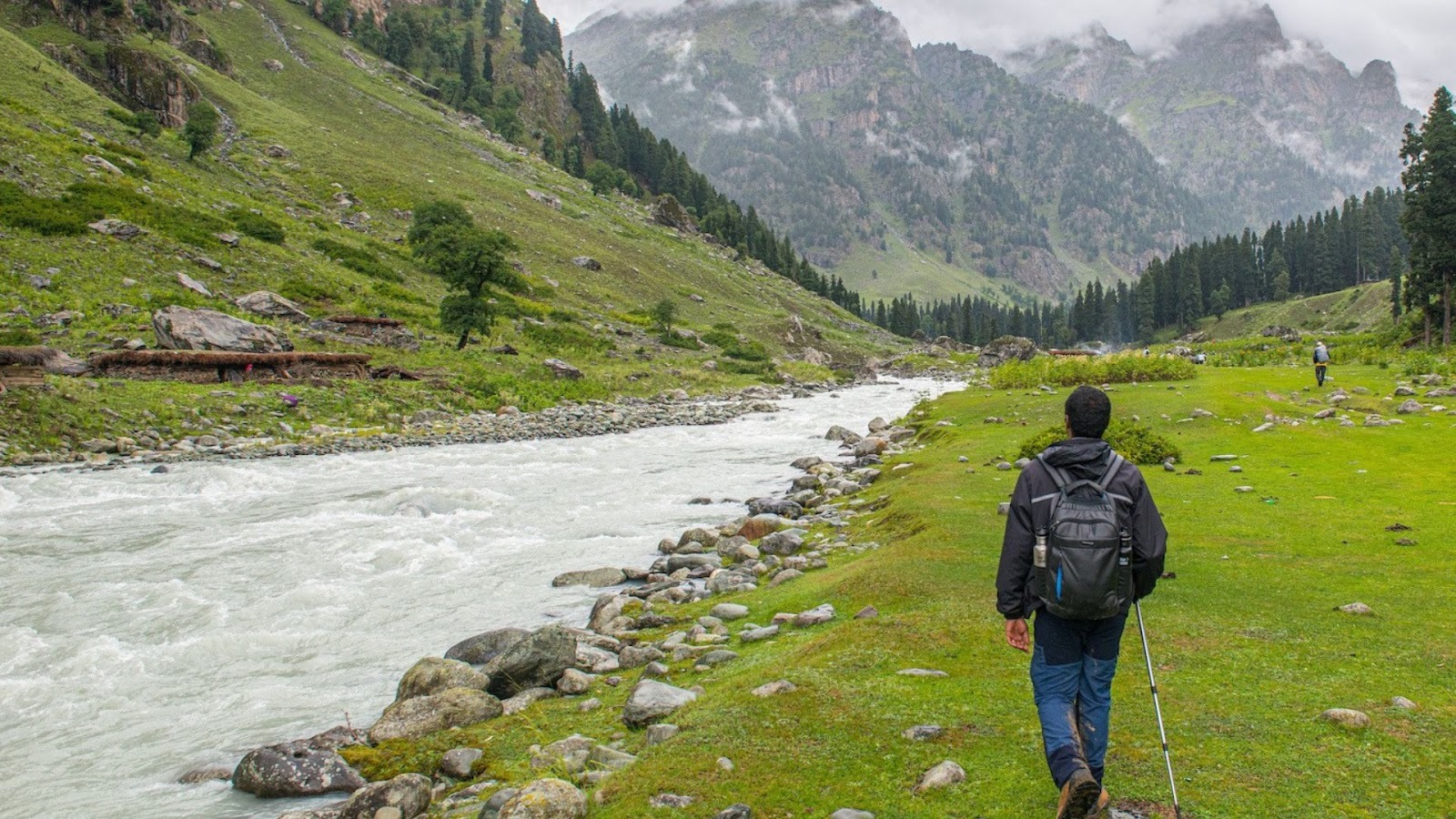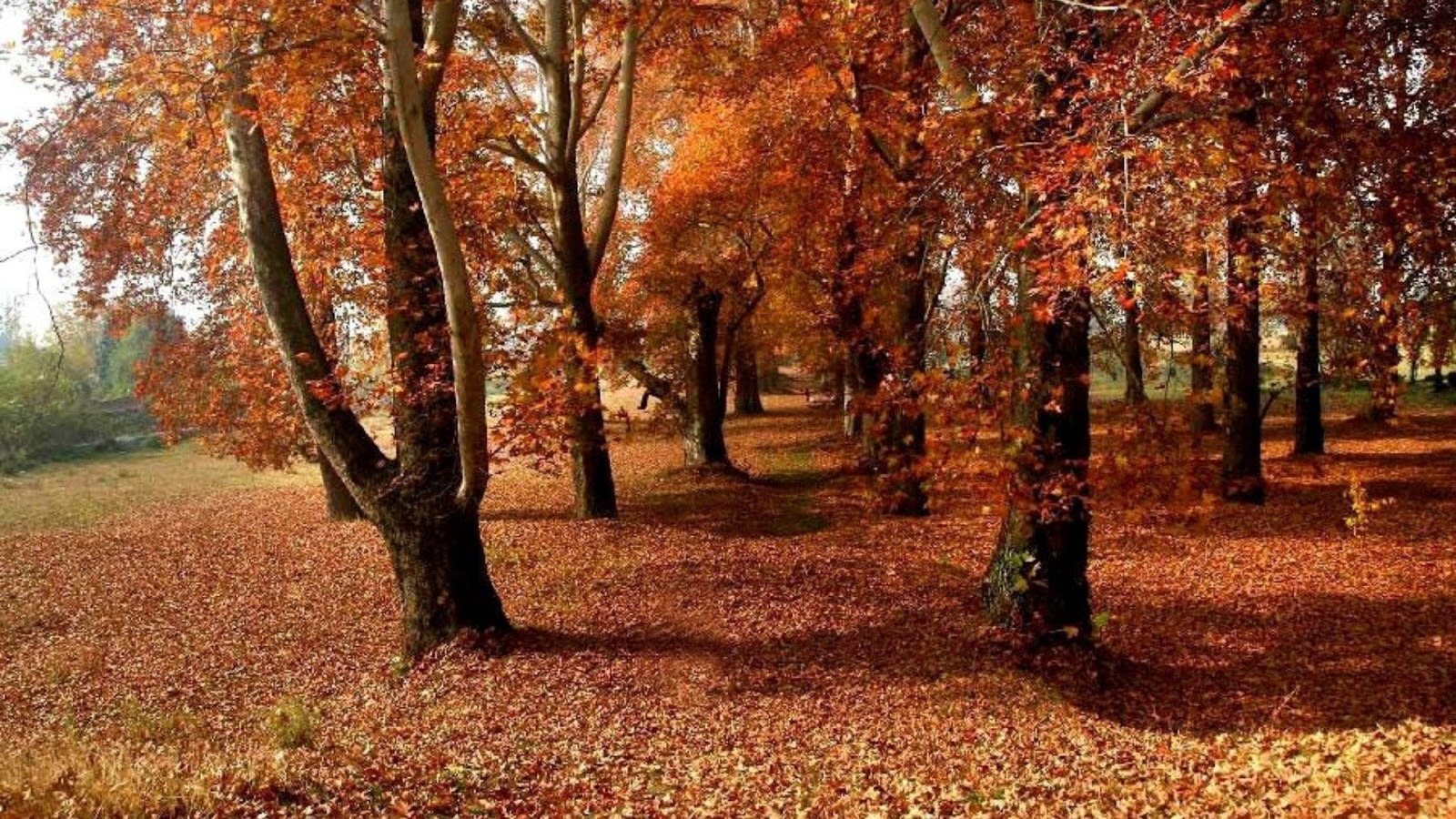Best time to do the Kashmir Great Lakes trek
Best Months for Kashmir Great Lakes Trek

Best Months for Kashmir Great Lakes Trek
Just imagine yourself standing at the edge of Vishansar Lake at sunrise, watching the first golden rays dance across the water while snow-capped peaks tower around you like ancient guardians. The silence is so profound that you can hear your own heartbeat. This isn't just another trek, it's the kind of moment that stays with you forever. This is the reason why timing your Kashmir Great Lakes adventure perfectly matters so much.
Here at Juniper, we've been creating these magical Himalayan moments for decades. You know what we've learned? The Kashmir Great Lakes trek isn't just about the destination, it's about catching nature at exactly the right moment. With generations of mountain expertise under our belt, we've figured out precisely when the stars align for this incredible journey through five to seven stunning alpine lakes, with five major showstoppers that'll absolutely take your breath away.

The Kashmir Great Lakes trek is the absolute crown jewel of Kashmir's trekking scene. This spectacular 7-8 day adventure takes you through jaw-dropping landscapes in the Kashmir Himalayas, covering 72-75 kilometres through five to seven stunning alpine lakes, each more gorgeous than the last.
Here's what makes this trek so special: it's not just the scenery (though your phone's storage space is going to run out). It's the sheer variety, one day you're walking through colourful meadows, the next day you're crossing rocky passes with incredible views. The major lakes include Vishansar, Krishansar, Gadsar, Gangabal, and Nundkol, each with its own personality.
The adventure starts from Shitkadi (near Sonamarg) and climbs to 13,750 feet at Gadsar Pass. Our carefully planned route, winds through these magnificent lakes before finishing at Naranag.
Here's the thing about timing, as Kashmir's weather is unpredictable. The lakes stay frozen most of the year, high passes can become dangerous in bad weather, and we've seen perfectly planned treks turn into muddy slogs just because someone didn't pick the right week. After decades of doing this, we've learned that hitting the perfect weather window makes all the difference.

Alright, let's get into the nitty-gritty. We've put together this month-by-month breakdown based on years of taking people up there and seeing what works (and what doesn't!). Here's the best part, though – once you book with us, we handle all the complicated stuff like logistics, permits, and safety protocols. You just get to enjoy the ride.
June is Kashmir's grand awakening, and it's magical to witness. The weather's generally good but can be moody (15-20°C during the day, dropping to 0-5°C at night when you're up high).
What's amazing about June? You're literally watching winter turn into summer. Those lakes that were solid ice weeks before are now incredible turquoise jewels. But June has challenges – stream crossings can be tricky due to snowmelt, and weather changes rapidly. Our guides come prepared with specialised gear and backup plans.
July is when Kashmir really shows off, and it's why most of our trekking adventures happen this month. The weather's stable (18-25°C during the day, minimal rain), and those meadows explode into this beautiful flower show with blue poppies, primulas, and alpine flowers everywhere.
Our clients tell us years later: their July photos from the Kashmir Great Lakes are the ones they keep coming back to.
August is like July's more reliable older sibling. Comfortable 20-25°C days and perfect cool mountain nights. The landscape keeps those gorgeous green meadows but starts hinting at golden autumn colours.
What everyone loves about August? Trail conditions are absolutely perfect. All the snow's cleared out, making it ideal for photographers and anyone wanting the classic Kashmir Great Lakes experience.
September offers a unique experience that many of our returning clients specifically request. Weather can be variable but generally remains favourable, with daytime temperatures ranging from 12-18°C and noticeably cooler nights. The landscape transforms into golden and amber hues, and reduced crowd levels create a more peaceful experience.

Understanding weather patterns helps ensure you're properly prepared for this high-altitude adventure. Our experience helps us plan the safest and most enjoyable itineraries for you.
Kashmir's mountains have serious mood swings when it comes to temperature. Down at base camp near Shitkadi (around 8,000 feet), it's usually about 5-10°C warmer than when you're camping next to those high-altitude lakes. Big difference, right?
During trekking season (June-September), the rain usually comes as quick afternoon thundershowers that blow over in an hour or two. Our guides carry all the weather monitoring gear you could want and stay in constant touch with meteorological services – we're not taking any chances with your safety.
Snow during the main season? Pretty rare, but it can happen (especially late September). That's why we always come prepared for anything Mother Nature throws our way.

Choosing the optimal timing depends on several factors that our planning team considers when crafting your personalised itinerary.
Kashmir's climate patterns significantly influence when the trek becomes accessible. The brief but intense summer growing season typically runs from late May through early October, with the prime window being June through September. Our team monitors trail conditions throughout the season and maintains relationships with local communities that provide real-time updates.
Kashmir's cultural calendar adds an amazing layer to your trek. We love incorporating local celebrations when timing works out, especially interactions with the Gujjar and Bakarwal communities, who bring their livestock to high pastures during summer. These encounters are often the stories our clients tell for years
The Kashmir Great Lakes trek has gained popularity, particularly during peak summer months. Our approach focuses on managing group sizes and timing to ensure you experience pristine wilderness without crowds. Peak season (July-August) sees higher trekker numbers, while shoulder seasons (June and September) offer more exclusive experiences with potentially variable weather.
Our advance booking system secures permits and logistics well ahead of peak demand, ensuring you can trek during your preferred timing.
Here's the practical stuff that turns a good trek into an incredible one.
The Kashmir Great Lakes trek will challenge you, but preparation makes all the difference. We'll send you detailed fitness preparation guidelines and recommend starting 8-12 weeks before. Focus on hiking with a loaded backpack and building endurance.
Our pre-trek consultations are basically a personalised fitness reality check. Altitude acclimatisation starts before you hit the trail with strategic stops in Srinagar and Shitkadi so your body can adjust.
Navigating Kashmir's permit requirements can be complex, which is why our comprehensive service handles all these details seamlessly. We manage permit applications, guide coordination, and logistics planning so you can focus on preparation and anticipation.
Our permit processing includes advance applications, fee payment, and coordination with local authorities. We stay updated on changing regulations and ensure full compliance. Our guides are cultural interpreters, safety experts, and natural historians who enhance every aspect of your journey using our expedition-style approach.
Proper gear selection varies significantly based on your chosen trek timing. Our comprehensive packing guidance ensures you're prepared for specific conditions during your chosen month, from specialised sleeping bags for different seasons to appropriate clothing layers. Our gear consultation service includes personalised packing lists.
After decades of guiding trekkers through Kashmir's magnificent landscapes, our recommendation for the ideal Kashmir Great Lakes trek timing is July through early September.
Choose July for: Peak wildflower blooms, most stable weather, and optimal photography conditions.
Choose August for: Continued excellent weather with the most reliable trail conditions, perfect for first-time high-altitude trekkers.
Choose September for: Fewer crowds, golden autumn colours, and a more exclusive mountain experience.
Consider June if you're: An experienced trekker who enjoys seasonal transitions and variable conditions.
Our comprehensive planning approach ensures you experience these magnificent landscapes at their finest, with professional guidance, safety protocols, and cultural insights that only decades of regional expertise can provide.
Ready to experience the crown jewel of Kashmir trekking with three generations of Himalayan expertise guiding your journey?
July offers the perfect combination of stable weather, peak wildflower blooms, and optimal trail conditions. Our decades of experience show that July provides the most balanced trek experience with comfortable temperatures, minimal rainfall, and spectacular scenery.
Yes, June is suitable for experienced trekkers who enjoy seasonal transitions. You'll encounter snow patches on high passes and witness the landscape awakening from winter. Our expert guides handle all safety considerations and provide proper equipment guidance.
September is excellent for trekkers seeking fewer crowds and golden autumn scenery. While nights become cooler and the weather more variable, the crystal-clear views and intimate mountain experience make it worthwhile for returning trekkers.
Weather varies by month but generally features daytime temperatures from 12-25°C and nighttime temperatures from 0-12°C, depending on altitude and season. July-August offer the most stable conditions, while June and September can experience more variability.
The trek is moderate to challenging, requiring good physical fitness and proper preparation. We provide comprehensive fitness guidelines, and our experienced guides ensure safe progression through proper acclimatisation.
Yes, specific permits are required for this high-altitude trek. Our comprehensive service handles all permit applications, documentation, and coordination with local authorities, ensuring full compliance so you can focus on your adventure.